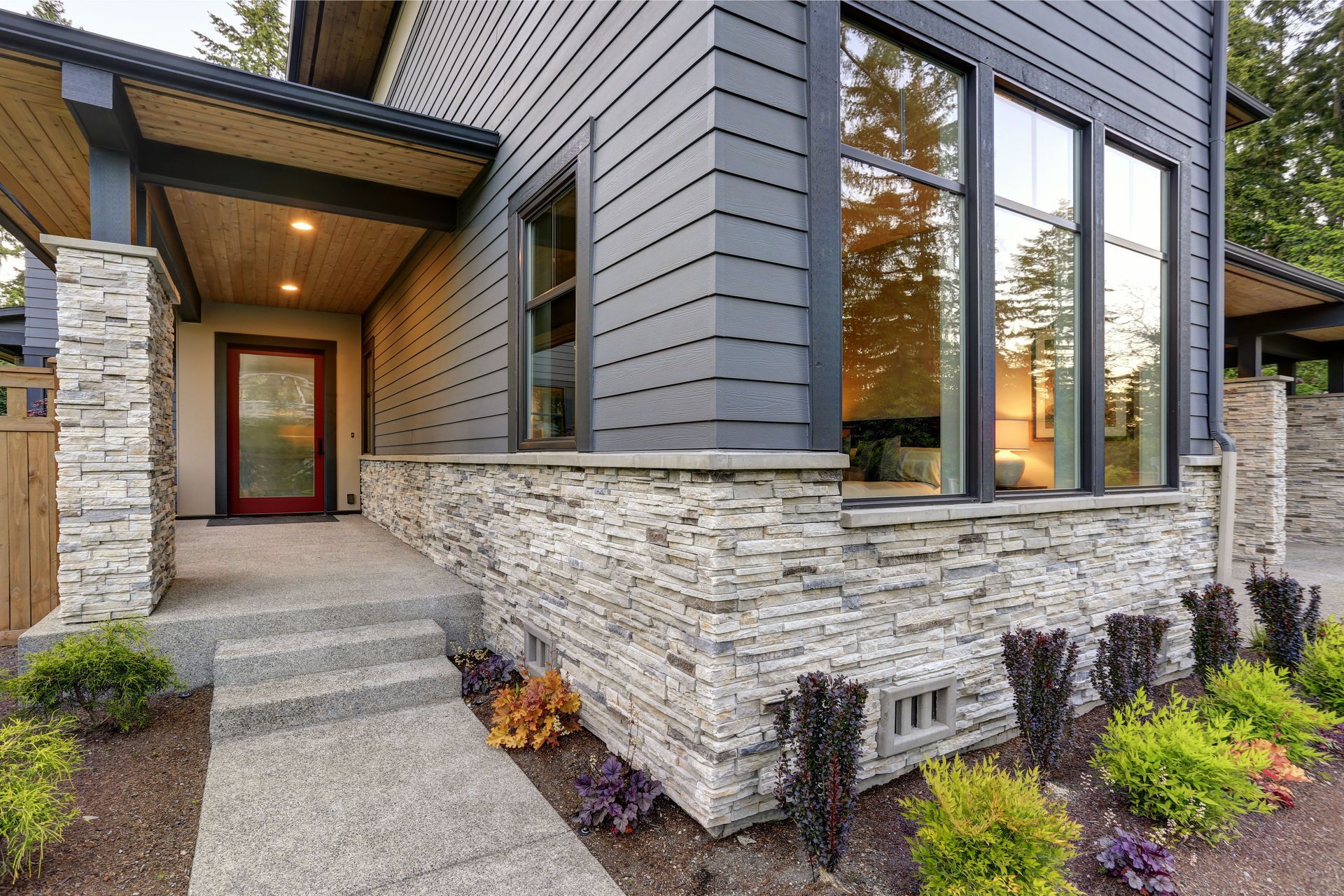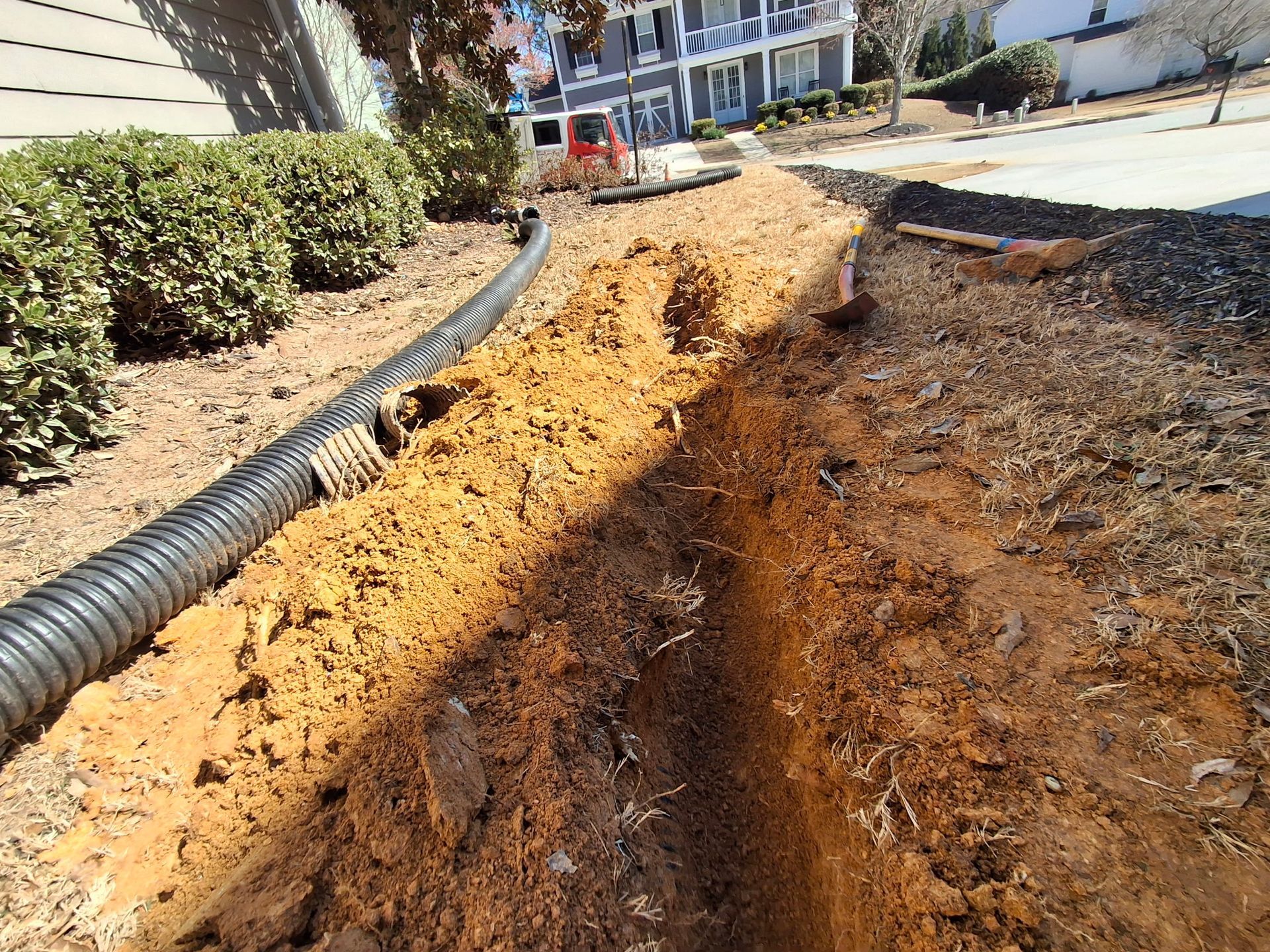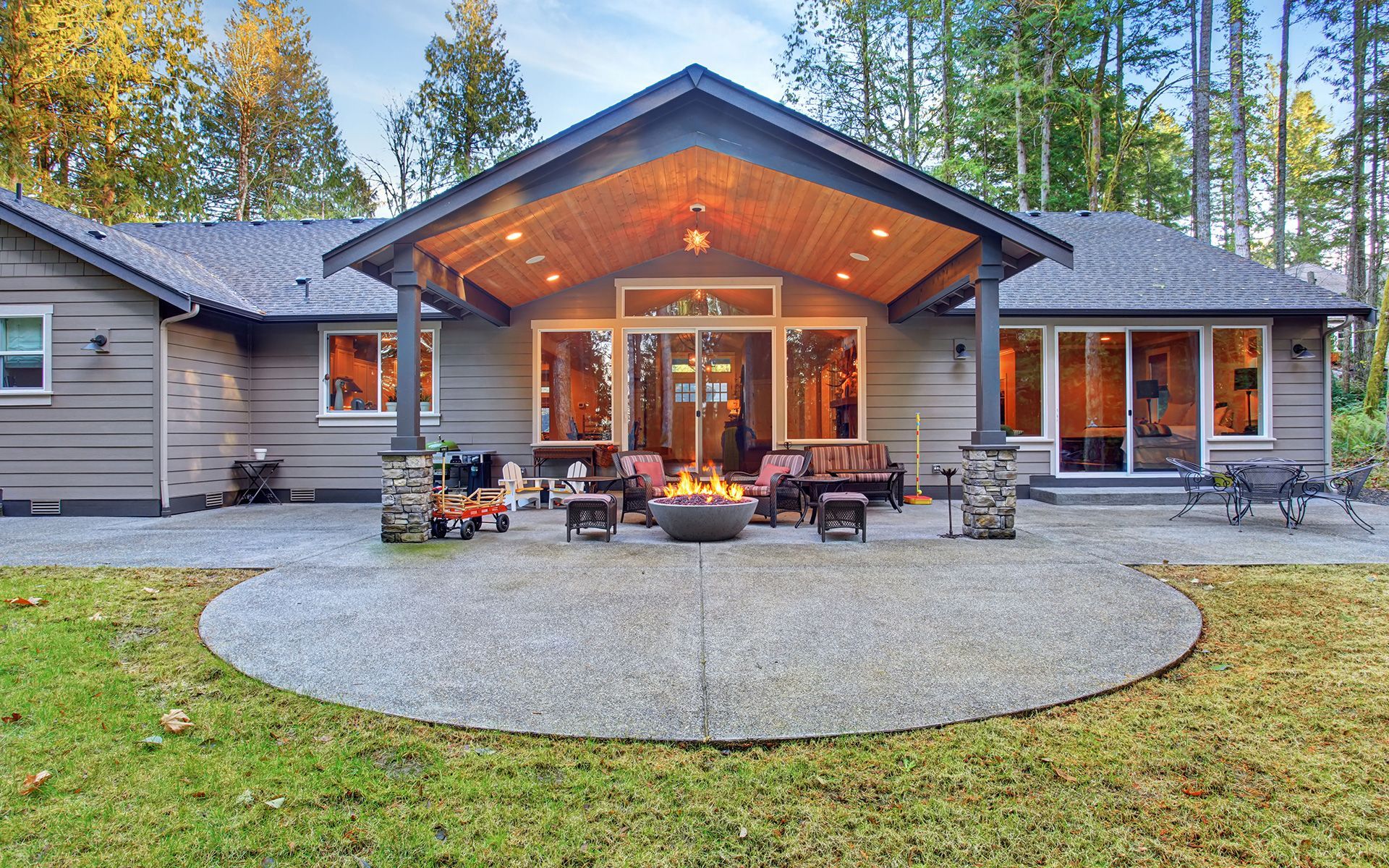5 Benefits of Installing a Retaining Wall in Your Yard
Installing a retaining wall in your yard can offer numerous benefits that enhance both functionality and aesthetics. This article explores these advantages to help you understand why a retaining wall might be a valuable addition to your landscape. Retaining walls serve multiple purposes, from erosion control to enhancing the visual appeal of your garden. They can turn steep, unusable land into functional areas and provide long-term financial benefits. As you read on, you'll discover how a retaining wall can be a strategic investment for your property.
1. Erosion Control
One of the primary reasons homeowners choose to install retaining walls is to prevent soil erosion. Erosion can gradually strip your yard of its valuable topsoil, making it difficult for plants to grow. Retaining walls help to hold the soil in place, ensuring that it remains fertile and productive. Additionally, by preventing soil loss, retaining walls can help maintain the structural integrity of your property's landscape. This preservation of soil health is vital for both aesthetic and functional purposes in your yard.
By strategically redirecting water flow, retaining walls also protect the foundations of nearby structures. Water accumulation near the base of your home or garden can lead to damage over time. Retaining walls are designed to manage the runoff and direct it away from these critical areas. This protection is especially important in regions prone to heavy rainfall or where the groundwater table is high. The overall goal is to prevent costly repairs by safeguarding your property's infrastructure.
Water drainage management is another significant benefit of retaining walls. Properly positioned walls aid in stabilizing slopes by ensuring appropriate water distribution across your landscape. In addition, these structures can support plant growth by creating favorable conditions for vegetation on slopes. As such, retaining walls not only combat erosion but also facilitate a thriving garden environment. According to This Old House, with proper maintenance, concrete and stone retaining walls can last from 50 to 100 years, providing a long-standing solution to erosion concerns.
2. Improved Aesthetic Appeal
Retaining walls add a layer of visual interest to your yard by introducing terracing effects. They create distinct levels within your landscape, making the area more visually dynamic. In sloped gardens, terraces formed by these walls create eye-catching flat spaces that can be decorated with plants, seating arrangements, or decorative elements. This tiered effect not only enhances the physical charm of your property but also provides functional benefits. Whether you have a modern or traditional landscape design, retaining walls can complement any style, offering both utility and beauty.
The variety of materials and design options available for retaining walls further amplifies their aesthetic appeal. Concrete, stone, and timber are popular choices, each offering unique qualities and aesthetics. The choice of materials allows homeowners to tailor the walls to match the existing theme of their property. Similarly, retaining walls can be constructed in various styles and patterns, from sleek and contemporary to rustic and natural. This level of customization ensures that your retaining walls are a perfect fit for your landscape design.
Incorporating retaining walls into your landscaping design can enhance your property's value. Homes with well-designed outdoor spaces generally have higher market appeal. Retaining walls are an investment that pays off not only through improved aesthetics but also by boosting your property's resale value. Moreover, the choice of colors, textures, and patterns in retaining wall materials can reflect your personal style. These design elements make your outdoor space uniquely yours while offering practical enhancements to your home environment.
3. Increased Usable Space
Retaining walls are instrumental in converting slopes into flat, usable areas. By creating different levels, these structures increase the functional space available in your yard. Flat areas are perfect for lawns, patios, or outdoor entertainment spaces that might otherwise be impossible on sloping terrain. Consequently, retaining walls make your yard more versatile and enjoyable. This unlocking of space is particularly beneficial in smaller yards where maximization of area is crucial.
Making steep slopes functional is another essential benefit of retaining walls. In areas where terrain is challenging, these walls provide much-needed support, allowing utilization for recreational or gardening purposes. Steeper slopes can be transformed into areas for garden beds or walkways, creating new areas for leisure and productivity. By doing so, retaining walls enhance the practicality of your garden, making it a true extension of your living space. The functionality afforded by these structures makes them an invaluable addition to any landscape.
Retaining walls offer a plethora of opportunities for incorporating additional outdoor features. They are perfect for creating spaces for planting beds that add color and vibrancy to your garden. Expanded gardening options go hand-in-hand with the additional flat space, as homeowners can experiment with different planting arrangements. Retaining walls can also provide support for structures such as sheds, seating areas, or pergolas. By enhancing the usability of your landscape, retaining walls become a foundation for various outdoor enhancements.
4. Environmental Benefits
Retaining walls contribute positively to the environment by supporting biodiversity within your landscape. They create microhabitats that accommodate a variety of plant and animal species. With the ability to strategically place plants on terraces, homeowners can cultivate diverse ecosystems. These habitats support biodiversity and attract beneficial wildlife, such as pollinators and birds. Thus, retaining walls serve as a practical tool for enhancing environmental sustainability on your property.
These structures also promote improved water infiltration across your landscape. By effectively managing water flow and soil retention, retaining walls help ensure that water seeps into the ground rather than running off. This process enhances the water cycle within your yard, promoting healthy plant growth. Sustainable landscaping practices are achieved by using retaining walls to create water-efficient landscapes. The increased soil moisture retention helps promote lush, thriving gardens without excessive water use.
Retaining walls play a role in temperature regulation, which is a vital aspect of sustainable landscaping. By managing the sun and shade within your yard, these walls can create cooler microclimates. This temperature control can reduce energy consumption by naturally cooling or warming outdoor areas. In addition, retaining walls reduce harmful runoff and pollution by capturing and filtering rainwater. They are an eco-friendly investment that enriches both your property and the surrounding ecosystem.
5. Enhanced Property Security
Retaining walls are effective in preventing landslides and erosion that can pose a risk to your property. By stabilizing loose soil and slopes, these structures mitigate landslide threats, especially in hilly regions. The prevention of landslide events not only protects your property but also ensures the safety of residents. Strategic wall placement can shield buildings, gardens, and other structures from the destructive aftermath of soil movement. This level of protection ensures that your investment is secure regardless of the natural terrain challenges.
Controlled access to dangerous areas is another benefit provided by retaining walls. In locations with significant elevation changes, these structures can act as barriers to prevent unauthorized or accidental entry into treacherous zones. By marking boundaries, retaining walls improve overall property safety while facilitating organized access. Homeowners can enjoy peace of mind knowing that these barriers restrict access to potentially hazardous areas. The integration of retaining walls into property planning contributes to a safer and more secure environment.
Retaining walls contribute to the minimization of damage from natural disasters, such as heavy rains or earthquakes. By reinforcing the soil, these walls enhance the structural integrity of the landscape. The improved stability translates into reduced risk of damage during unexpected natural events. By increasing visibility and safety paths through strategic wall placement, retaining walls contribute to overall property security. They ensure safe passage paths and clearer views, adding an essential safety element to your yard that ties into both security and function.
Retaining walls serve as a multifaceted solution that offers aesthetic charm, environmental benefits, and practical advantages for your property. From preventing erosion to expanding usable space, investing in a well-designed retaining wall can significantly improve your yard's value and functionality. Whether you want to enhance the visual appeal or create more functional outdoor areas, retaining walls are a versatile addition. They provide both immediate and long-term benefits, making them an investment that enhances your lifestyle and property value. If you're considering ways to upgrade your landscape, retaining walls offer an effective and stylish solution to meet your needs. Be sure to reach out to Fischer Landscape today for more information on our professional retaining wall contractor!





Share On: